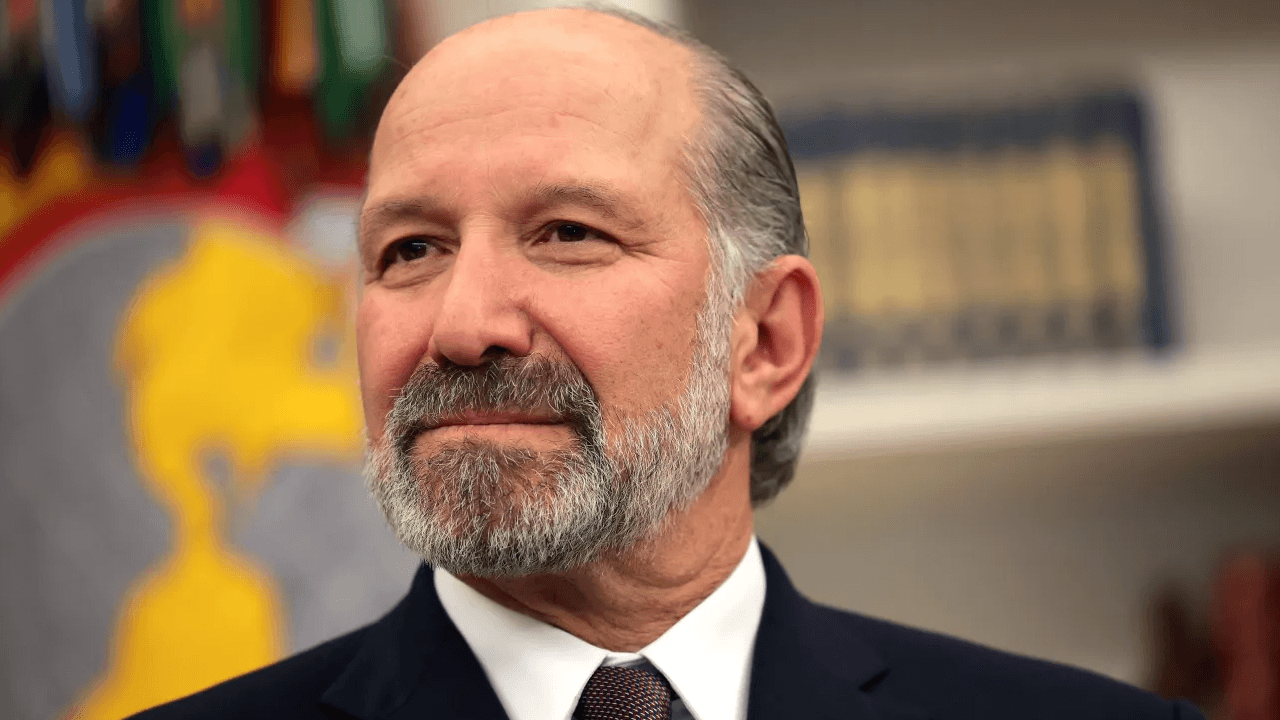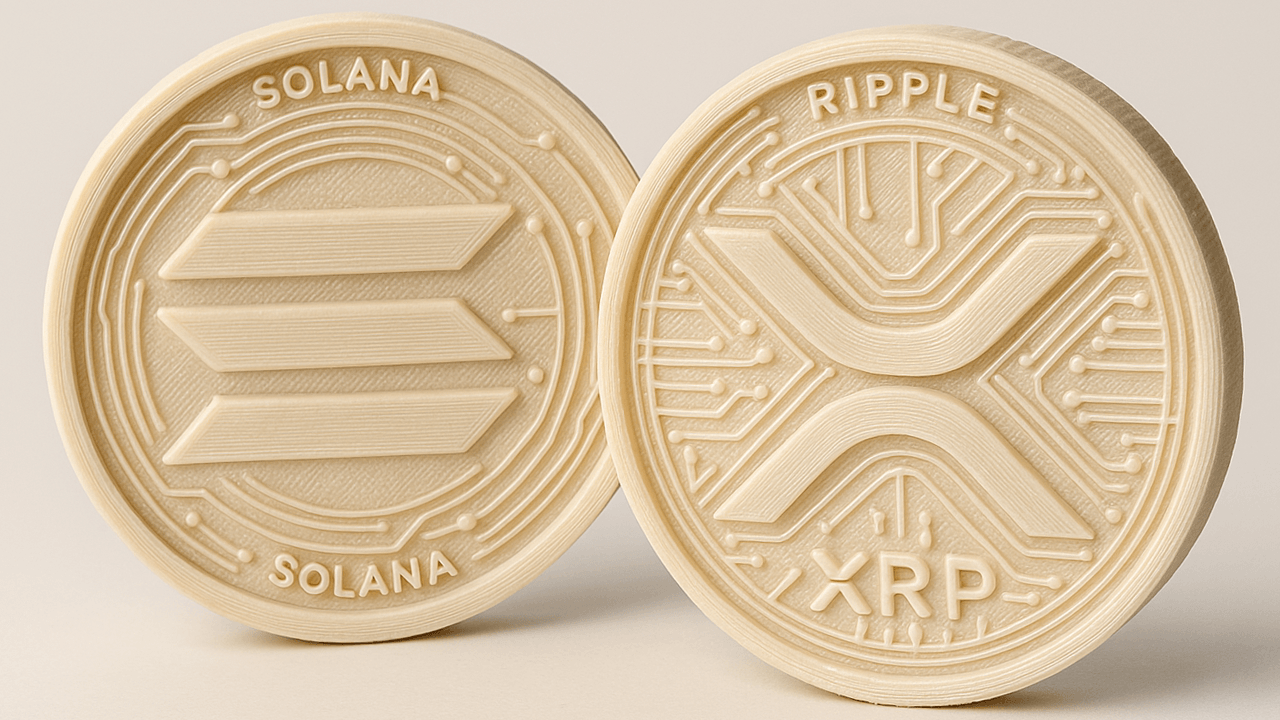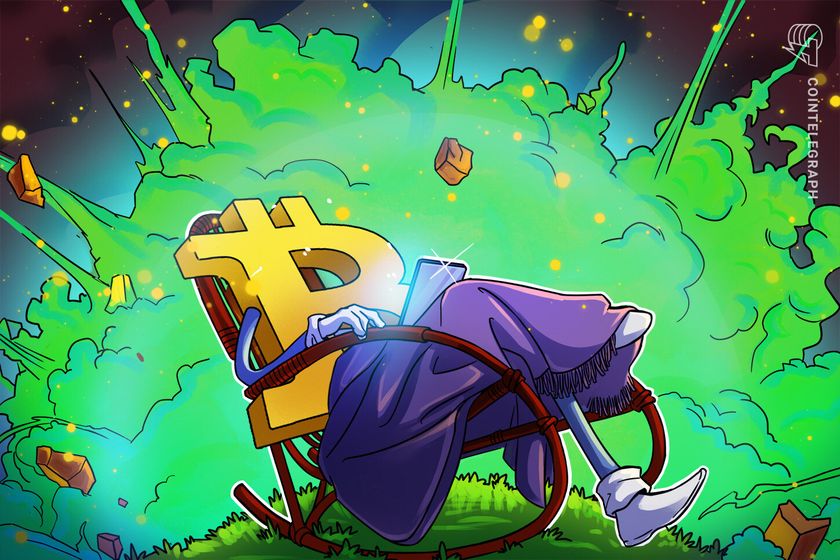Google used AI to 'reconceptualize' The Wizard of Oz for the Las Vegas Sphere
Google has used AI to revamp one of the most beloved films of all time for a 360-degree Sin City screen with the highest resolution in the world. The rerolled version of The Wizard of Oz will debut this August at The Sphere, the Las Vegas entertainment venue with a famously globular LED screen. Whether a technical marvel, dystopian nightmare fuel or some combination, the project will surely continue The Sphere's penchant for extravagant spectacles that persuade tourists to plunk down hundreds of dollars to sit for a few hours in one of its 17,600 seats. Sphere Entertainment, the company behind the venue, worked on the project with Google, Magnopus and Warner Bros. Discovery, which owns The Wizard of Oz rights. Google describes it as an "epic undertaking of creativity and technology," humbly likening it to the cinematic boundaries broken by the acclaimed Technicolor original. "We're taking a beloved movie, but we are re-creating it," Google Cloud CEO Thomas Kurian told The Wall Street Journal. "The only other way you could do it is to go back [in time] and film it with the cameras that the Sphere uses." The 1939 original.Warner Bros. Discovery Google used generative AI models from its Gemini family on the project, most notably Veo 2 and Imagen 3. The company not only had to magnify the original 35mm film for a 160,000-square-foot screen composed of 16,000 LEDs but also had to account for camera cuts that removed characters from the frame. For example, in a Kansas scene between Dorothy, Auntie Em and Miss Gulch, Uncle Henry (who was also in the room but off-camera) will be visible on the much wider screen. It did so primarily through an AI super-resolution tool (generating new pixels to fit the much higher-res screen), AI outpainting (generating new parts of a scene stretching beyond the original celluloid) and performance generation (incorporating composites of the actors into these expanded environments). To help fine-tune the AI models, Google didn't limit the models' training to the original footage. It also fed them supplementary material like the shooting script, production illustrations, photographs, set plans and scores — teaching them about characters' and environmental details and production elements like camera focal lengths. The company also consulted with professional filmmakers for character actions, expressions and performance. "Now, Dorothy's freckles snap into focus, and Toto can scamper more seamlessly through more scenes," Google claimed. The companies behind the project (perhaps contradictorily) claim that, despite AI touching "over 90 percent of the movie," it "respects the original in every way." Google says no new dialogue lines were added, and there isn't a note of new music sung. If the glimpse shown in the preview below (via tabGeeks) is any indication, Dorothy has all the overly smoothed-out hallmarks we've come to expect from AI-upscaled faces. But we'll leave final judgment for the sun-drenched Sin City tourists who spend their hard-earned (or hard-won) cash on following the Gemini-infused road beginning on August 28. This article originally appeared on Engadget at https://www.engadget.com/entertainment/google-used-ai-to-reconceptualize-the-wizard-of-oz-for-the-las-vegas-sphere-194504769.html?src=rss

Google has used AI to revamp one of the most beloved films of all time for a 360-degree Sin City screen with the highest resolution in the world. The rerolled version of The Wizard of Oz will debut this August at The Sphere, the Las Vegas entertainment venue with a famously globular LED screen. Whether a technical marvel, dystopian nightmare fuel or some combination, the project will surely continue The Sphere's penchant for extravagant spectacles that persuade tourists to plunk down hundreds of dollars to sit for a few hours in one of its 17,600 seats.
Sphere Entertainment, the company behind the venue, worked on the project with Google, Magnopus and Warner Bros. Discovery, which owns The Wizard of Oz rights. Google describes it as an "epic undertaking of creativity and technology," humbly likening it to the cinematic boundaries broken by the acclaimed Technicolor original. "We're taking a beloved movie, but we are re-creating it," Google Cloud CEO Thomas Kurian told The Wall Street Journal. "The only other way you could do it is to go back [in time] and film it with the cameras that the Sphere uses."
Google used generative AI models from its Gemini family on the project, most notably Veo 2 and Imagen 3. The company not only had to magnify the original 35mm film for a 160,000-square-foot screen composed of 16,000 LEDs but also had to account for camera cuts that removed characters from the frame. For example, in a Kansas scene between Dorothy, Auntie Em and Miss Gulch, Uncle Henry (who was also in the room but off-camera) will be visible on the much wider screen.
It did so primarily through an AI super-resolution tool (generating new pixels to fit the much higher-res screen), AI outpainting (generating new parts of a scene stretching beyond the original celluloid) and performance generation (incorporating composites of the actors into these expanded environments).
To help fine-tune the AI models, Google didn't limit the models' training to the original footage. It also fed them supplementary material like the shooting script, production illustrations, photographs, set plans and scores — teaching them about characters' and environmental details and production elements like camera focal lengths. The company also consulted with professional filmmakers for character actions, expressions and performance.
"Now, Dorothy's freckles snap into focus, and Toto can scamper more seamlessly through more scenes," Google claimed.
The companies behind the project (perhaps contradictorily) claim that, despite AI touching "over 90 percent of the movie," it "respects the original in every way." Google says no new dialogue lines were added, and there isn't a note of new music sung.
If the glimpse shown in the preview below (via tabGeeks) is any indication, Dorothy has all the overly smoothed-out hallmarks we've come to expect from AI-upscaled faces. But we'll leave final judgment for the sun-drenched Sin City tourists who spend their hard-earned (or hard-won) cash on following the Gemini-infused road beginning on August 28.
This article originally appeared on Engadget at https://www.engadget.com/entertainment/google-used-ai-to-reconceptualize-the-wizard-of-oz-for-the-las-vegas-sphere-194504769.html?src=rss




































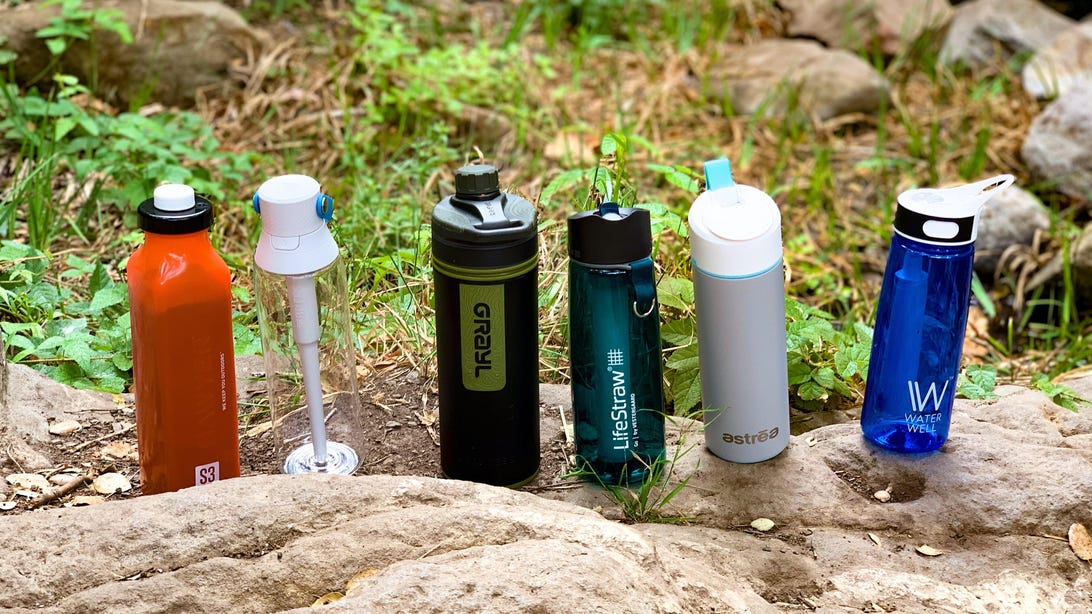







































































































































![[The AI Show Episode 143]: ChatGPT Revenue Surge, New AGI Timelines, Amazon’s AI Agent, Claude for Education, Model Context Protocol & LLMs Pass the Turing Test](https://www.marketingaiinstitute.com/hubfs/ep%20143%20cover.png)














































































































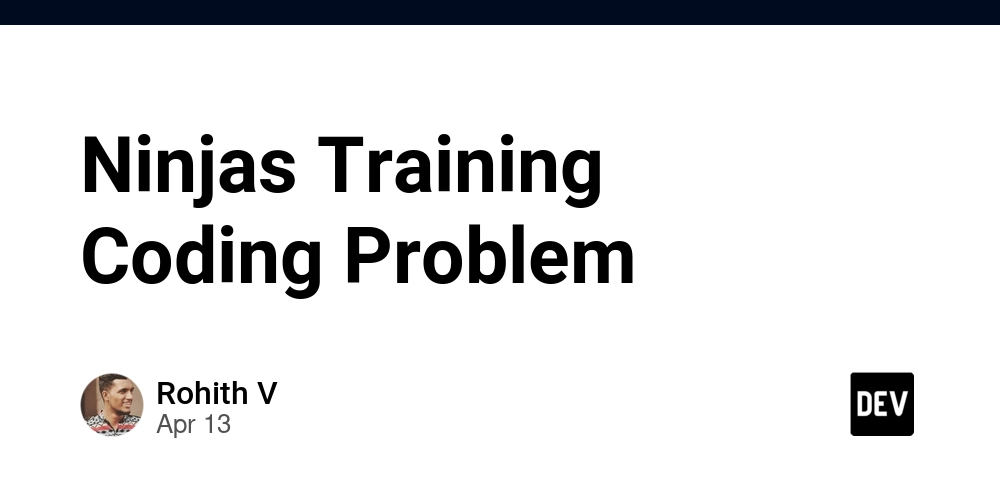
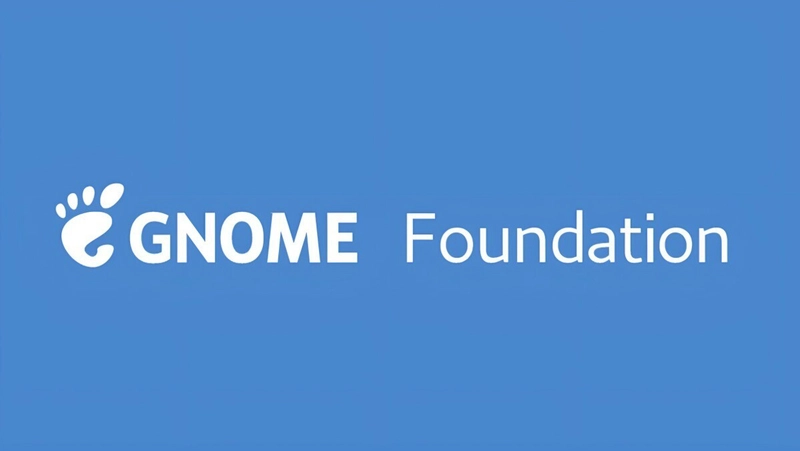
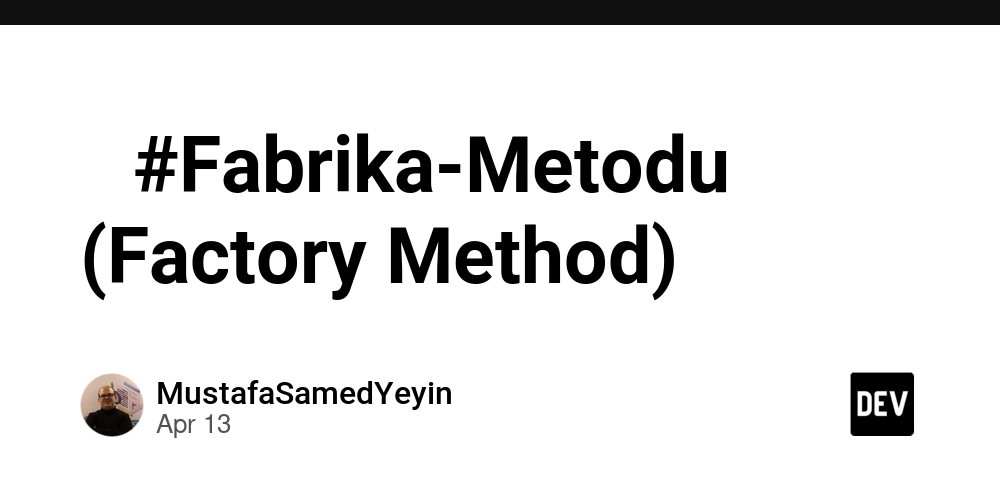
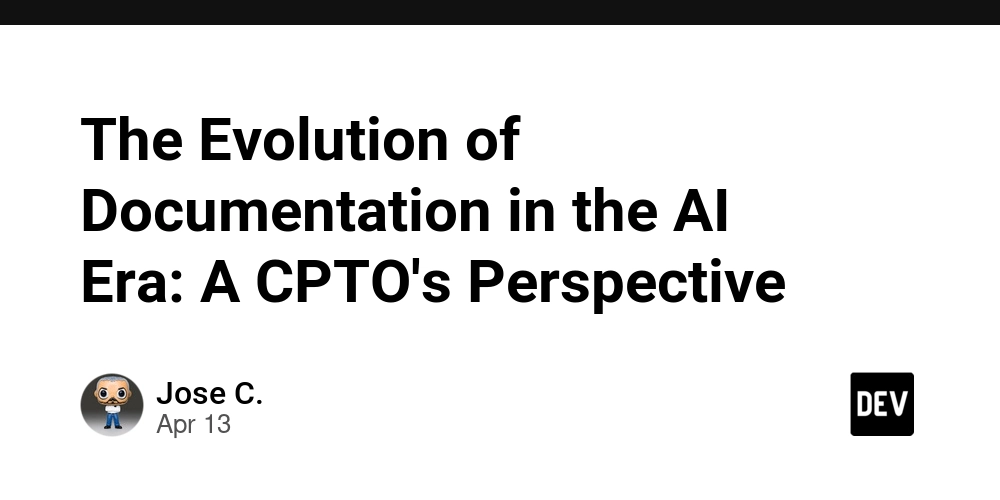








![[DEALS] Microsoft Visual Studio Professional 2022 + The Premium Learn to Code Certification Bundle (97% off) & Other Deals Up To 98% Off](https://www.javacodegeeks.com/wp-content/uploads/2012/12/jcg-logo.jpg)



![From Accountant to Data Engineer with Alyson La [Podcast #168]](https://cdn.hashnode.com/res/hashnode/image/upload/v1744420903260/fae4b593-d653-41eb-b70b-031591aa2f35.png?#)







































































































.png?#)






















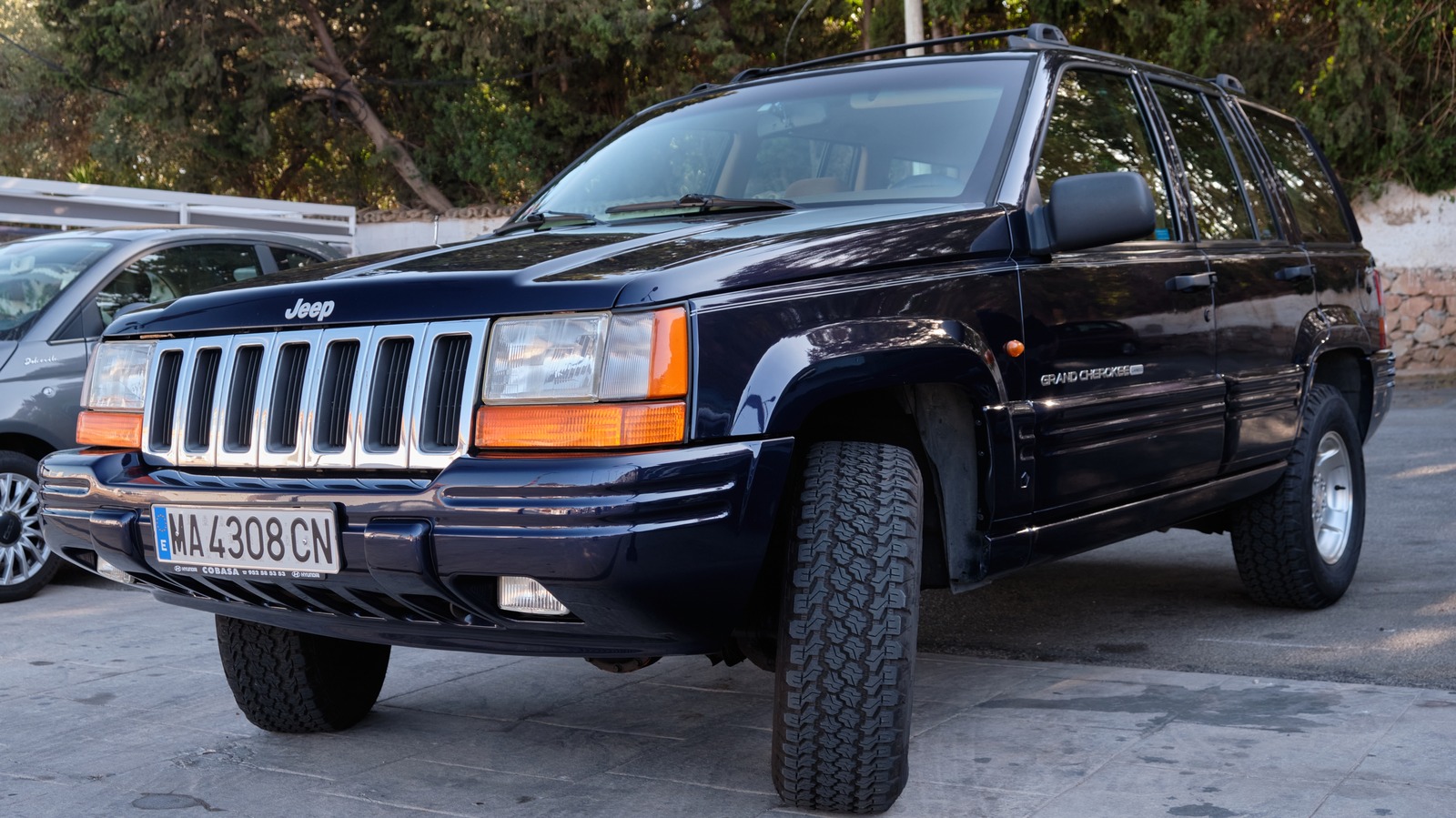
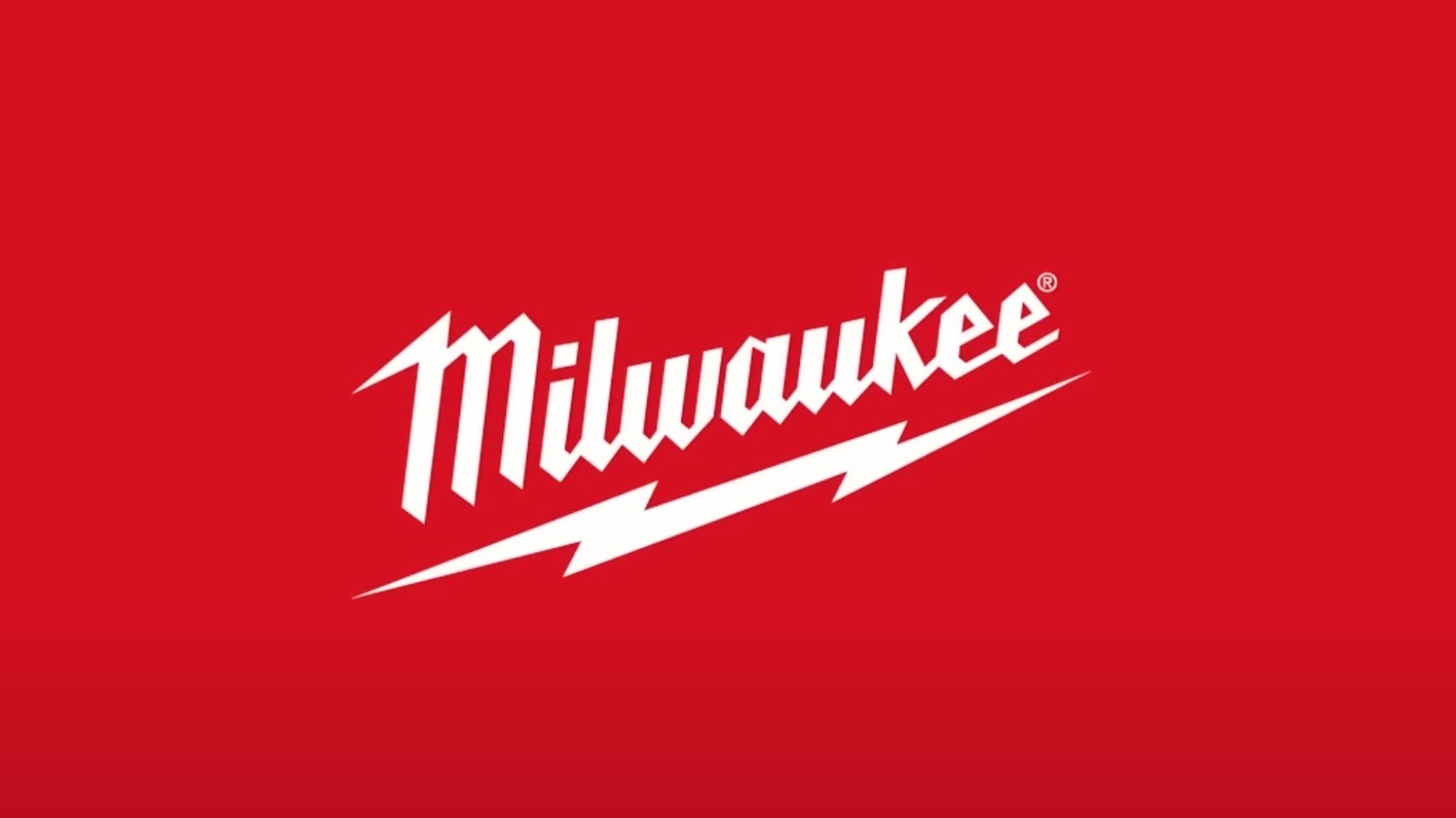
















































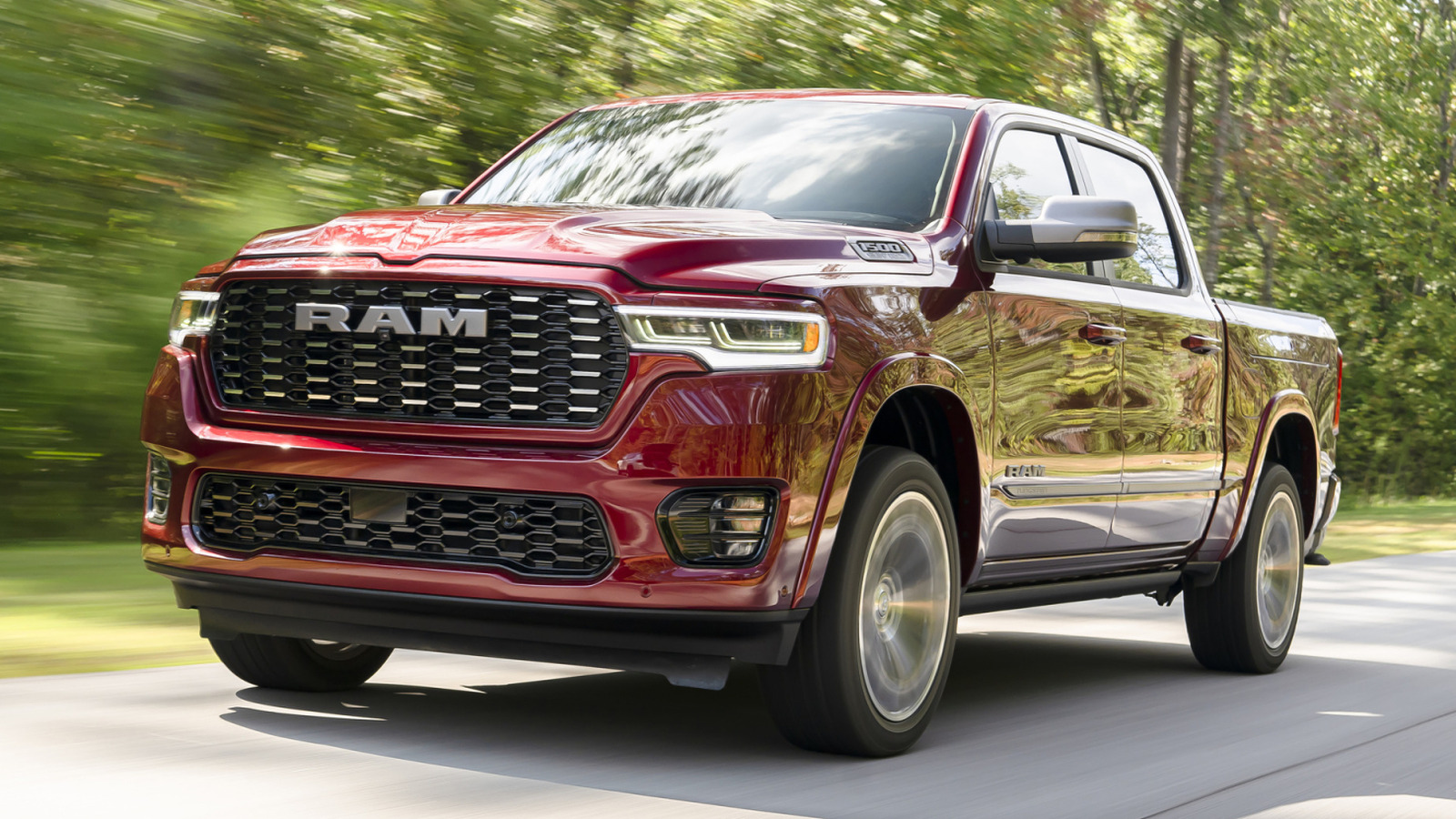
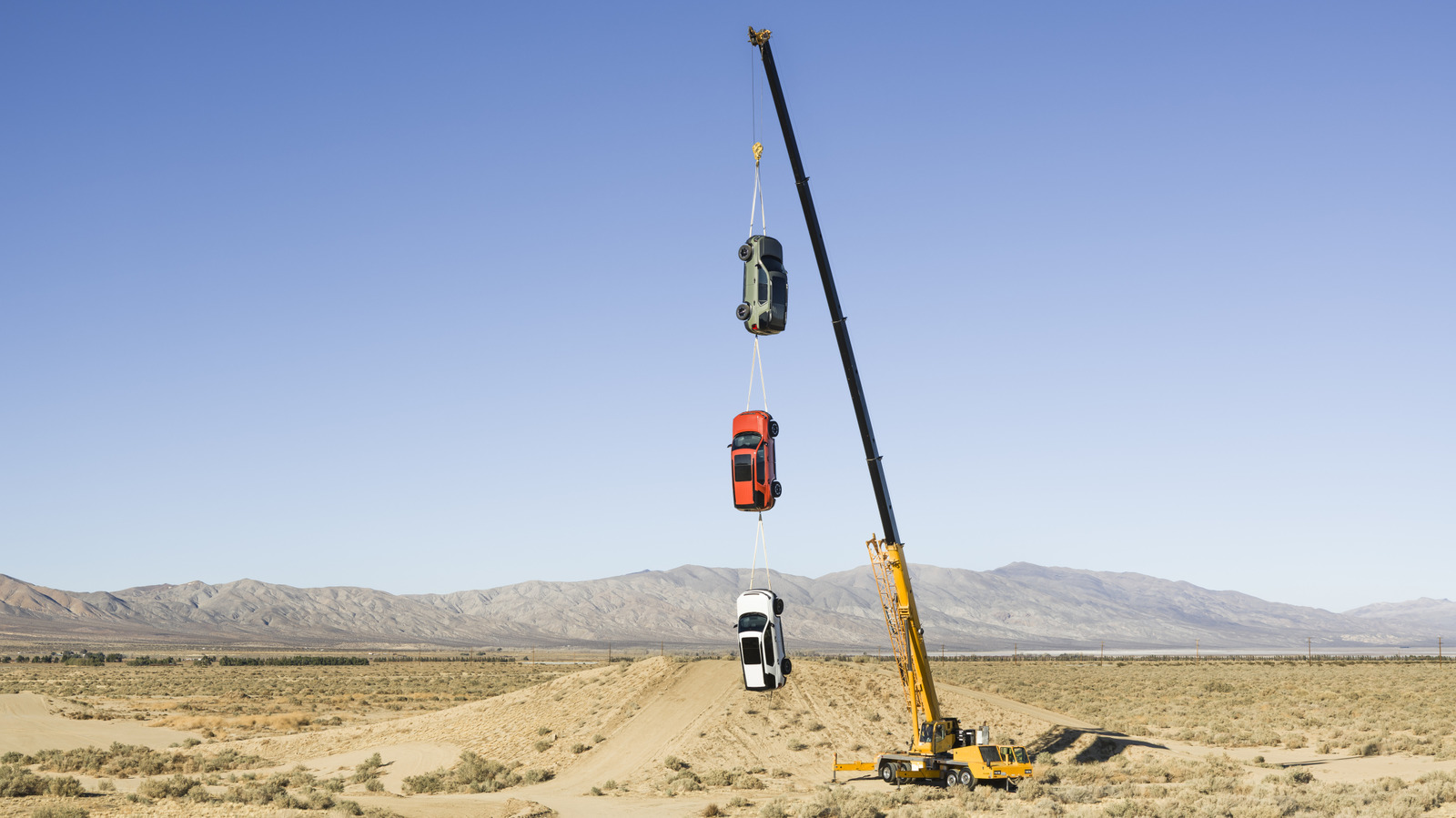














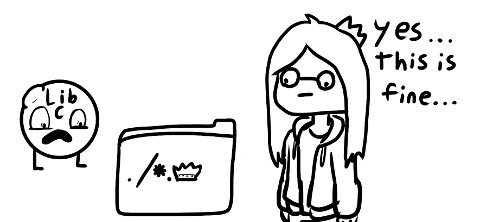


























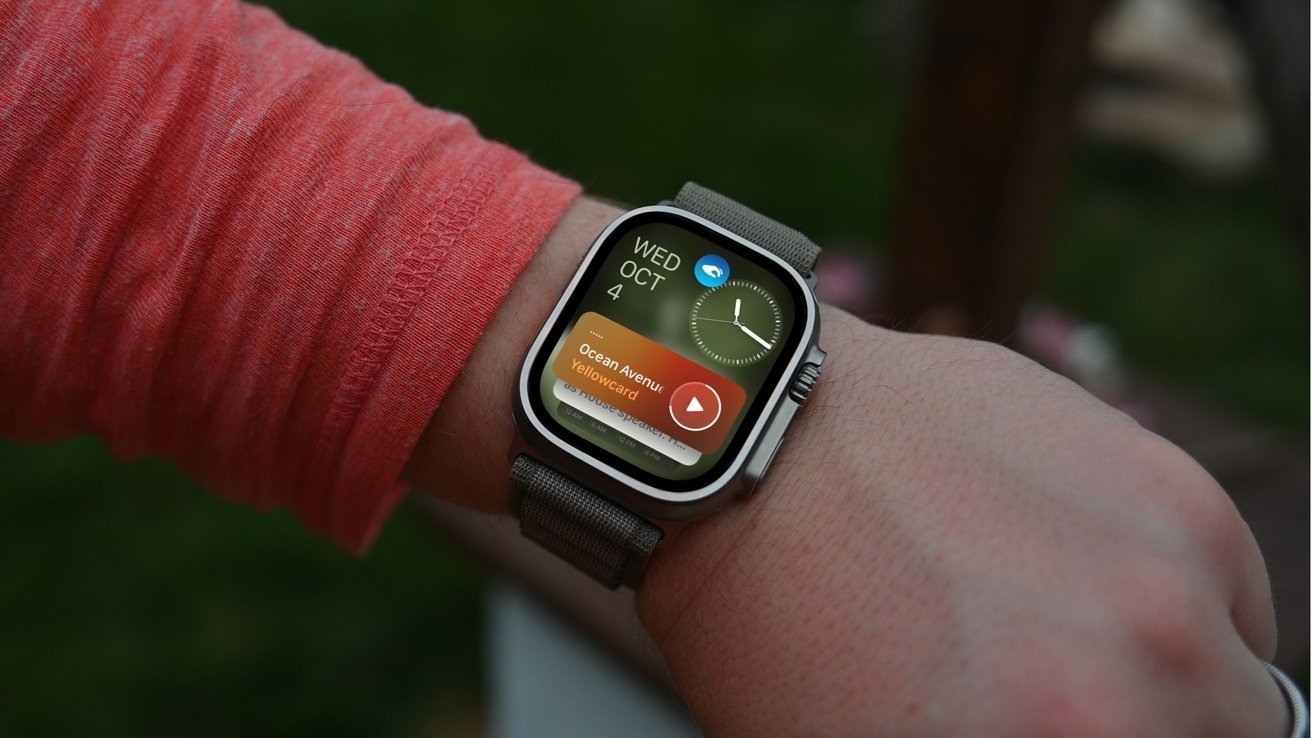

























![Apple TV+ Summer Preview 2025 [Video]](https://www.iclarified.com/images/news/96999/96999/96999-640.jpg)
![Apple Watch SE 2 On Sale for Just $169.97 [Deal]](https://www.iclarified.com/images/news/96996/96996/96996-640.jpg)

![Apple Posts Full First Episode of 'Your Friends & Neighbors' on YouTube [Video]](https://www.iclarified.com/images/news/96990/96990/96990-640.jpg)






















































































































